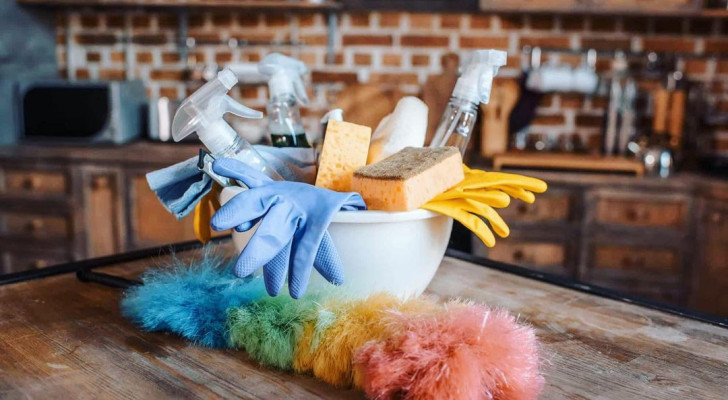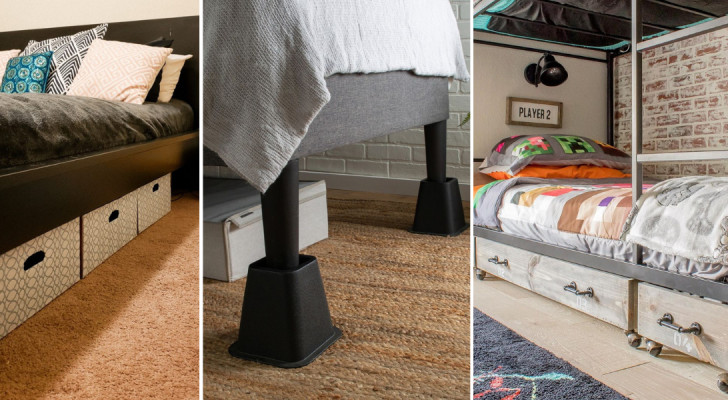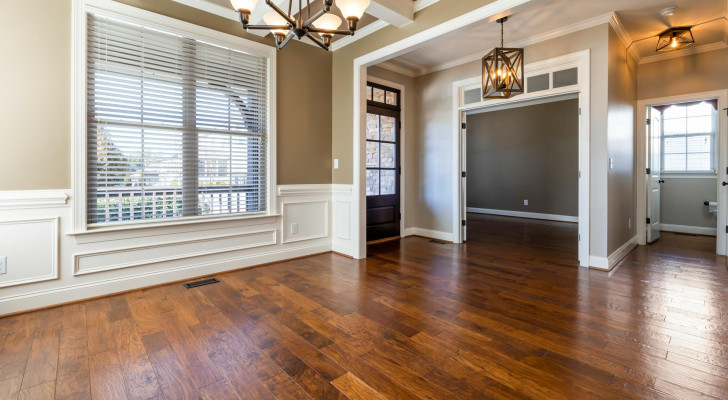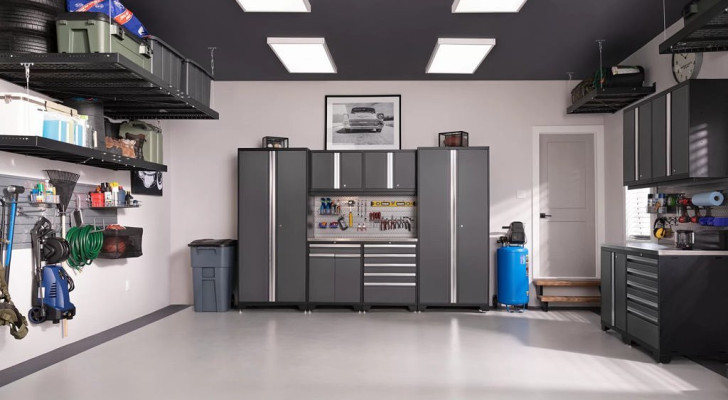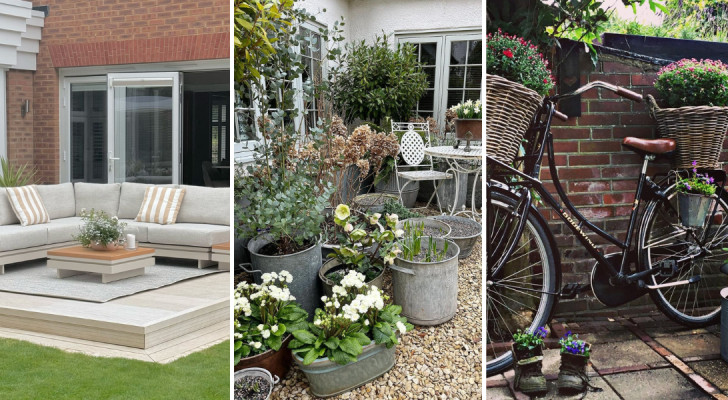The golden rules to keep in mind to have a clean home and reduce bacterial proliferation
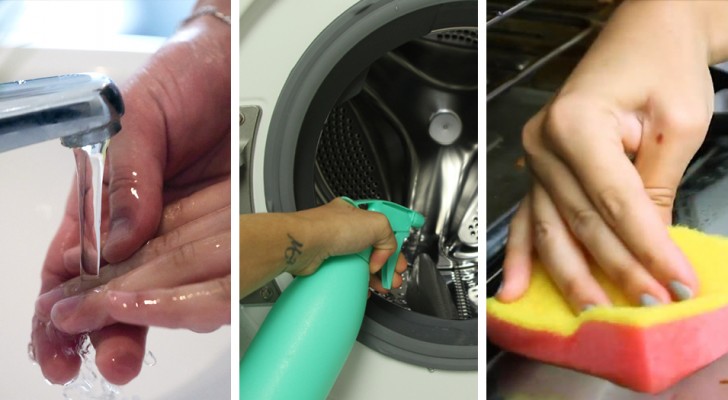
During every moment of our life we are in direct or potential contact with a myriad of bacteria, viruses and fungi that populate any surface, including those of our homes.
Our body is structured to be able to live with many of them, but only as long as the proper hygiene of our homes is guaranteed. If the environment in which we live in fact begins to fill with dirt and is neglected for a long time, then it becomes the fertile ground for the proliferation of a whole different range of germs that our immune defences are not sufficient to reject, and so we expose ourselves to damage to health.
One of the most common examples is excessive humidity that causes mould and fungi to arise, and these are directly responsible for health problems that manifest themselves with respiratory symptoms, asthma and functional respiratory damage. But in reality there are many objects and surfaces that we touch often, perhaps after having been in contact with even more bacteria outside the house, and which therefore, if they are not cleaned often and sanitised as much as possible, can cause many different ailments. of health.
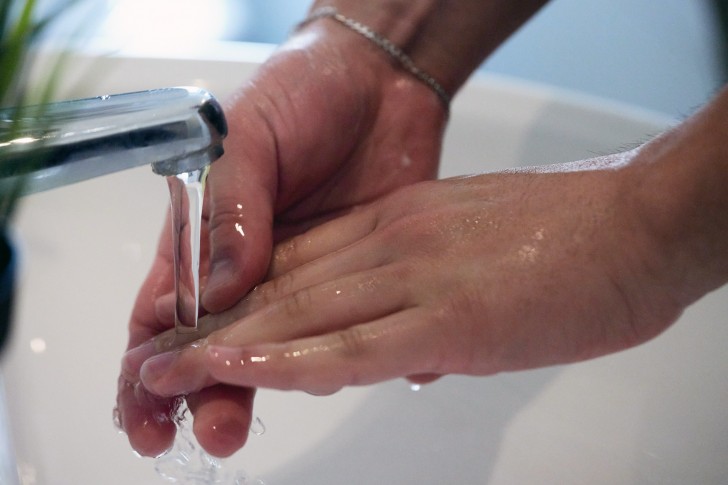
The hands
Since hands are more frequently the vehicle for bringing germs into the home, the first measure to remember is to wash your hands regularly: it is essential to do this every time we are about to eat as well as when we are about to handle food and immediately after touching it. . Again, this hygiene measure must be implemented after having touched our pets, after using toilets or cleaning around the house, especially in the bathroom and kitchen.
To be sure that you have eliminated germs and bacteria, you need to rub your hands with soap and water, so as to also wash the back and between the fingers, for 20-60 seconds. A more superficial and quick washing does not remove many pathogens.
Alternatively, we can use alcohol-based antiseptic and antimcrobial cleaners. These are easily found in many different stores, but they can also be prepared at home. The method indicated by the WHO, in fact, indicates to use 830 ml of 96% ethyl alcohol, 42 ml of 3% hydrogen peroxide and 15 ml of 98% glycerol (glycerin is also found in pharmacies or many herbalists). These ingredients are mixed in a one-liter bottle, which must be filled to the maximum capacity with sterile water.
Air the rooms
Natural light and air exchange are two of our best allies for home hygiene, as they are essential for combating humidity and the formation of mold. This means that every day every room must be ventilated by opening the windows and favoring the recirculation of air for at least half an hour, even in winter. By doing so, the accumulation of pathogens that can be harmful to health is reduced, and the possibility of contagion for the weakest is also considerably lowered.
Opening the windows and doors, however, is not all that you need to worry about: periodically, in fact, you have to dedicate yourself to cleaning the ventilation fans connected to the heating system, the fans, humidifiers as well as cleaning the air conditioners themselves (with particular attention for their filters) before and after the cold season. All these, in fact, if they remain dirty for a long time, end up spreading not only the dust but also all the germs and bacteria that have proliferated on the dirt.
Also remember to ensure even more frequent air circulation in the bathroom and in the room where we hang the clothes to dry.
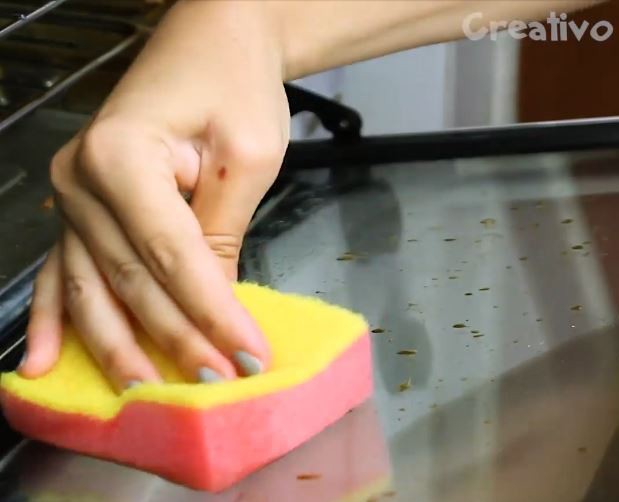
Creativo
Bathroom and kitchen
Bathroom and kitchen are the two environments where germs and bacteria can proliferate more easily, which means that many of their surfaces and the objects contained and used inside must be cleaned and sanitized with more attention and frequency.
In the kitchen, all the work surfaces must be degreased, washed and dried perfectly carefully, taking care of the different materials, but also the sink, stove or hob, the inside of the ovens and even the refrigerator.
The important thing is to conclude the cleaning with a disinfectant or sanitising detergent, often based on alcohol or other substances capable of sanitizing surfaces from infected microorganisms. So inquire about the materials of which furniture, floors, bathroom fixtures, wall coverings or various appliances are made, in order to find the solution capable of disinfecting without ruining the finish.
A very effective product in removing germs and bacteria is bleach (sodium hypochlorite), which can be used on many different types of floors, and even alcohol, hydrogen peroxide, lysoform and ammonia should never be missing in the home. Always remember that you must not mix substances without being sure of being able to do it without risk to health, and in any case when cleaning you must always wear gloves and keep windows open to air the room.
Also prepare sponges and microfiber cloths for each room, and mop and bucket at least for groups of rooms (those for the bathrooms, those for the kitchen and those for the other rooms, for example). All of these should then be washed with bleach periodically and replaced about every 3 months. As for dishwashing sponges in particular, they should be washed after each use, and occasionally left to soak in hydrogen peroxide, or alcohol and baking soda overnight. But when they start to blacken or come apart, it's time to throw them away.
Then, in the kitchen, wooden objects are used such as cutting boards and ladles that come into contact with many different preparations and often superficially washed with just a little soap and water. Instead, use vinegar, lemon and bicarbonate on the cutting boards, and to check the state of your ladles, leave them immersed in a glass of boiling water for 15-20 minutes: you will see how much greasy dirt remains in suspension.
In the bathroom, then, do not leave towels and bathrobes hanging too close to the shower or bath, if possible, where they would become soaked with humidity. These, in fact, should only be used when dry and in any case changed after two or three days. Toothbrushes, on the other hand, should be stored so that their bristles are covered, separate from those used by other people, and the handle should remain dry (not, therefore required to drain into a glass after use), and every 3 months they must be replaced with new ones (the old ones, sanitized with bleach, can then be used for many housekeeping).
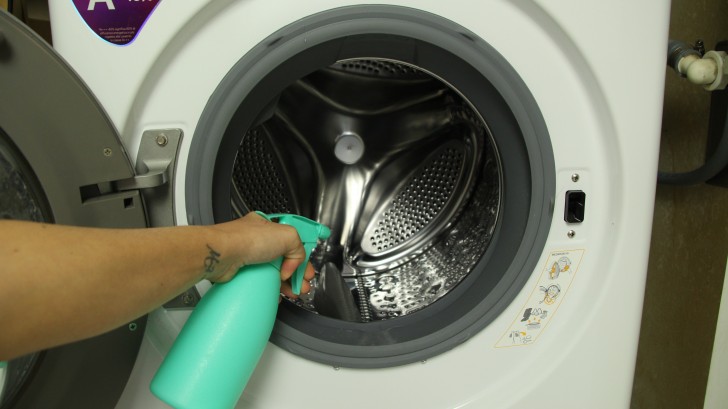
Creativo
Household clothes and linen
In addition to not mixing your clothes, especially intimate ones, with those of the other members of the house (as well as towels), and washing them every time we sweat or remain wet or damp, it is always good to remember to wash the various clothes with the addition of sanitizing agents when we cannot use high temperatures without damaging the fabrics. For those used at work or in the gym it is always better to use effective detergents and possibly medium-high temperatures. The sheets, then, are to be changed every week and washed at high temperatures.
The washing machine must also be kept in good condition: every few months at most clean the filters, wash the basket and detergent tray, as well as the door seals on a monthly basis to remove mold and sanitize the appliance. After each wash, keep the door open to avoid not only unpleasant odors, but also possible future mold growth.
In this way, everything we wash will also be cleaner and sanitized, and will always be spread as soon as the washing cycle ends. Before storing or using clothes and household linen, make sure they are always perfectly dry.
Shoes in the house
The more we become aware of the enormous amount of germs that we bring into the house with shoes that have been in contact with floors and streets outside, the more we understand the importance of a costume that has always been associated with oriental cultures: that of leave the shoes with which you go out at the entrance of the house, to circulate in the house only with slippers, to be kept ready for guests as well.
It is a precaution that is a bit difficult to get used to initially, but once you have overcome the initial obstacle it really becomes an automatic habit that also helps us a lot to keep the floor clean.
It is worth a little more effort to take care of our health at home too, don't you think?

